One, Two, Free
Ever since coming across the work of the visual artist and philosopher Shantell Martin, I’ve always had to think of a sticker on my fridge in my old kitchen in Berlin—a sticker that quoted a remark by the German/Swiss painter Paul Klee, whose “Paul Klee Notebooks” are considered as important to modern art as Leonardo da Vinci’s “Treatise on Painting” was for the Renaissance.
The quote –
“A line is a dot that went for a walk”
– is as absurdly logical and simultaneously mind-blowing and liberating as Shantell Martin’s work.
“Serious” art theorists might ask how could I possibly mention Shantell’s work in the same context as the towering artist that Klee unarguably was, but personally I find it appropriate to do so: Klee was not only known for his dry humour and his sometimes even childlike perspective (how could this possibly be a bad thing for an artist?) but also for his personal moods and beliefs and his musicality, and in the same vein, Shantell Martin not only works in visual art and as a cultural facilitator who likes to dip into intuitive philosophy, she is also a choreographer, songwriter and performer (and more) … we are all of us multitudes!

That’s why I especially like what Martin says to people who look at her line work and go,
“I could do that too”. She simply agrees, “Yes, you could.”
Indeed, Shantell Martin does not need to explain the value of her work. On the contrary, as is said “her work, her style is one of confidence. A confidence that has grown over time… She is aware of the many benefits of creativity on mental health and personal growth and how those benefits radiate out into all spheres of one’s life and the world.”
And this is precisely what we believe and try to express with Coeur & Art: namely the immense power and influence that art can have on anyone. If only we could just let go of the inner critic for a minute or two and let our unique lines appear inner and outer, we too could follow them into the world with all its spheres.
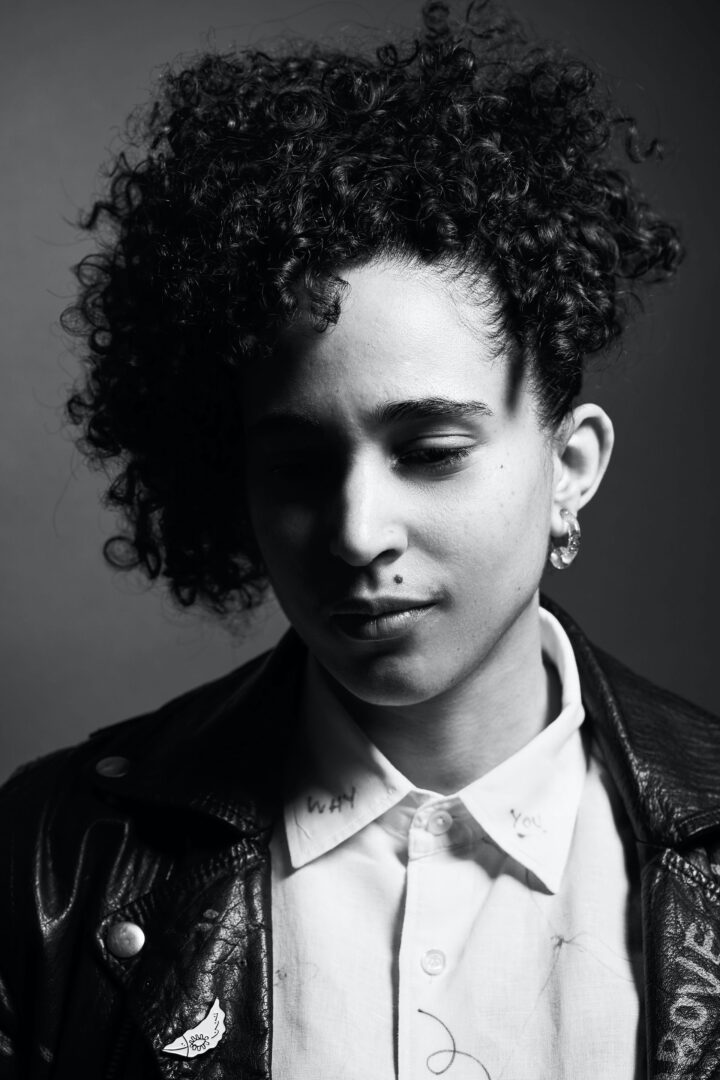
Purpose and Destination
Which of these elements (space, air, fire, water, earth) would you choose in relation to your practice and/or yourself, and why?
Air. For some reason, this was the first from the list that spoke to me.
Like my artistic philosophy and practice, it’s freeing and fluid; it goes where it wants and with the flow.
It can be calm or bold and forceful, versatile and ever-changing.
For similar reasons, I might also choose water—fluid and flowing with purpose and destination.
Is there a particular person oder situation that motivated you to become an artist?
Not that I am aware.
Perhaps at some point, with the power of reflection, I can look back and connect all the dots.
I think it’s mostly been a career, path, or life of putting one foot in front of the other and consistently doing that and then waking up as an artist one day.
Image: Shantell Martin By Caroline Allegrante and Global Shutter
Do you consider yourself spiritual, and how does this feed into your work?
Yes, but I think a lot of words come with expectations.
I prefer to say my work is open, curious, and playful.

Is there a book or author you are reading or in general that stimulates or inspires you?
To be honest, I don’t read much at all. The last book I read and want to mention is Dark Emu. I don’t want to give too much away, but it is a historical read about harmony and the importance (to me) of balance and equanimity with nature.
I like to be inspired by going out into the world and consuming or reading things in a different way.


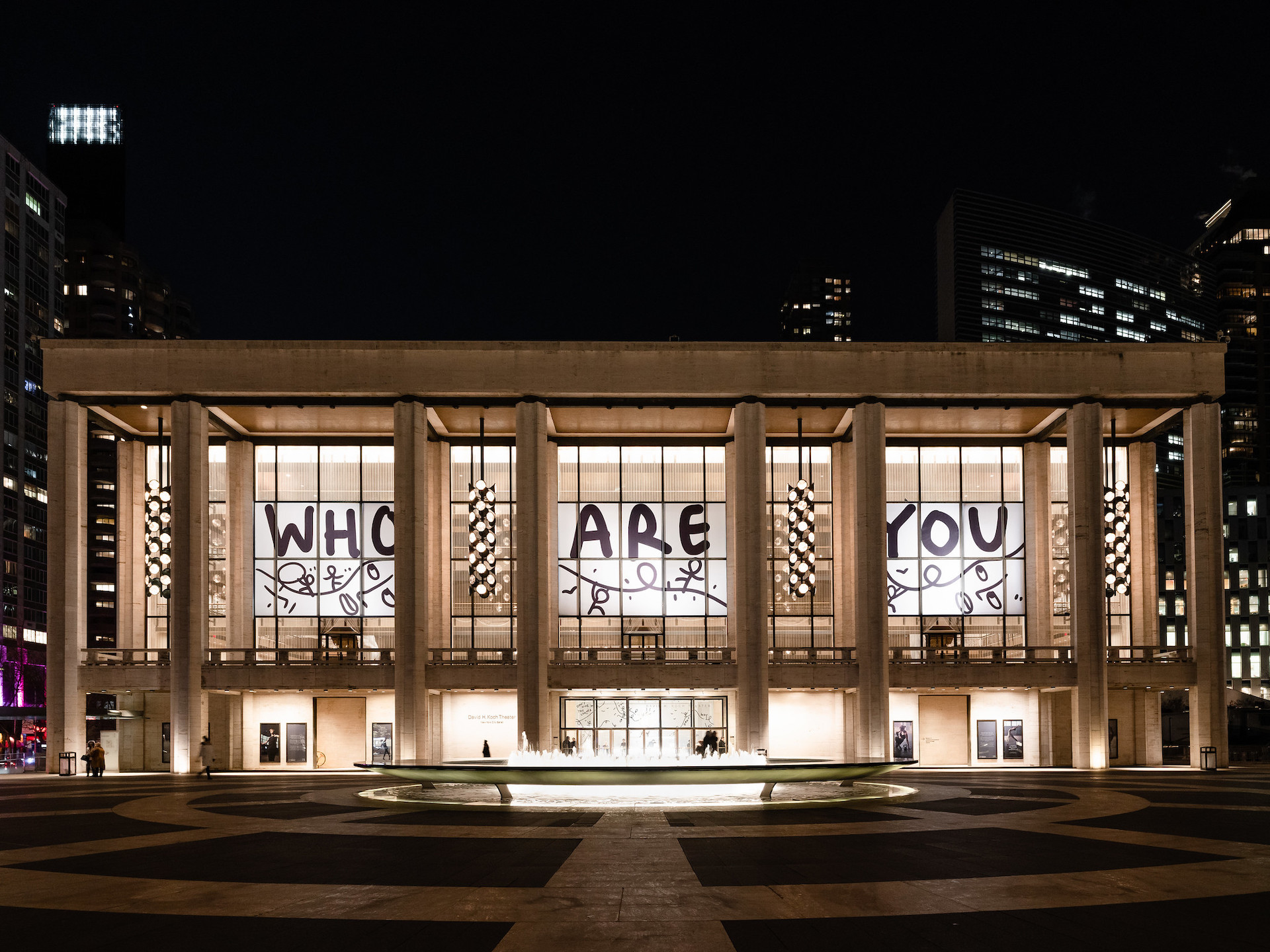

Please tell us what you are looking forward to this year?
I’m excited to release Shantell Sans, an open-font license (OFL) for anyone and everyone to use before the year’s close.
Process & Inspiration

Where do you find inspiration, how can we imagine your process while creating work?
When you say “find” inspiration, it implies you have to go outside yourself to gain or receive it.
Initially, I “find” inspiration by sleeping well, drinking water, eating well, and surrounding myself with more positive things.
As a result, you naturally inspire yourself from the inside out.
I create a space for focus.
In addition, I like to go out and see shows, see people perform, and do what they love. That is always very inspiring.
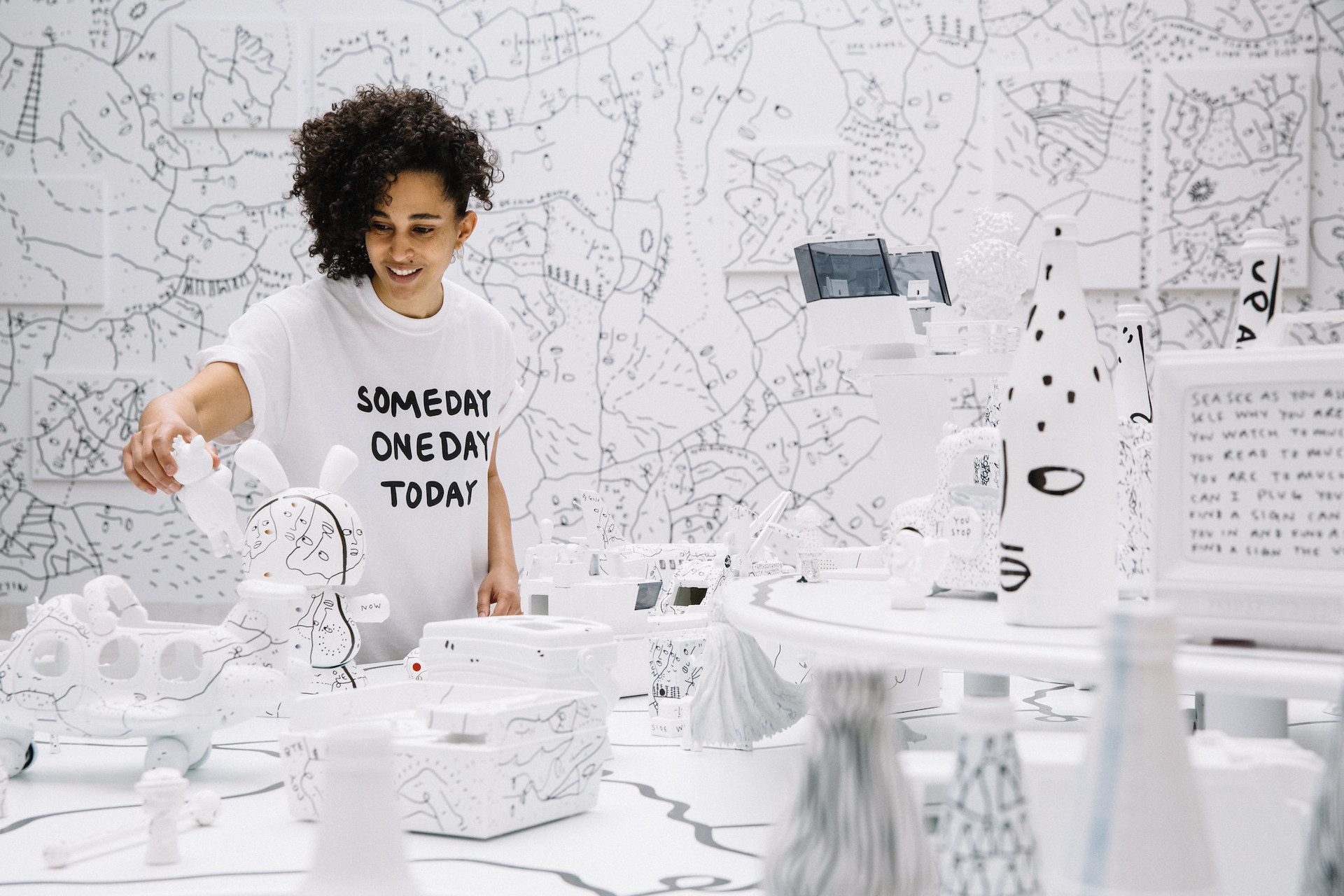
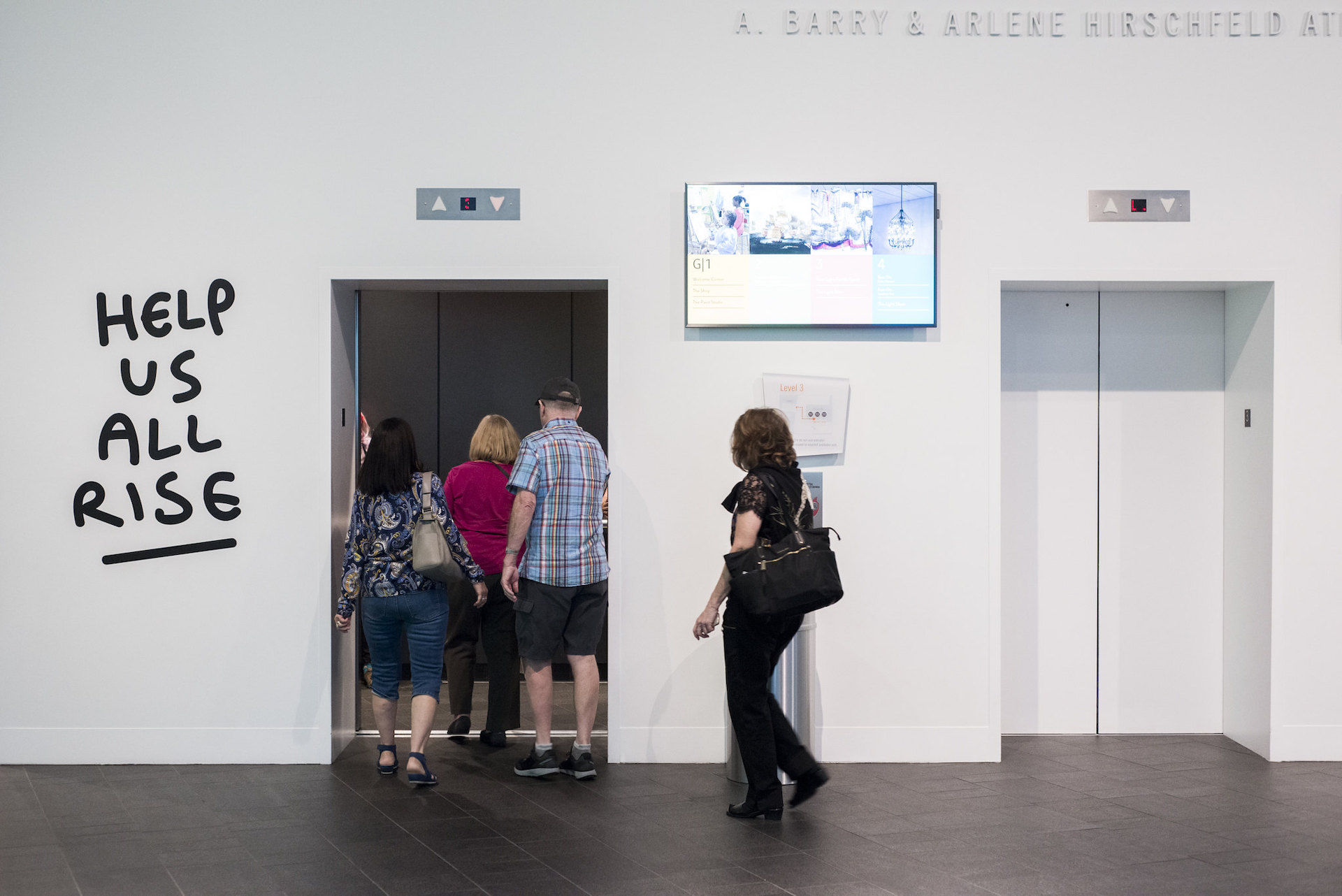
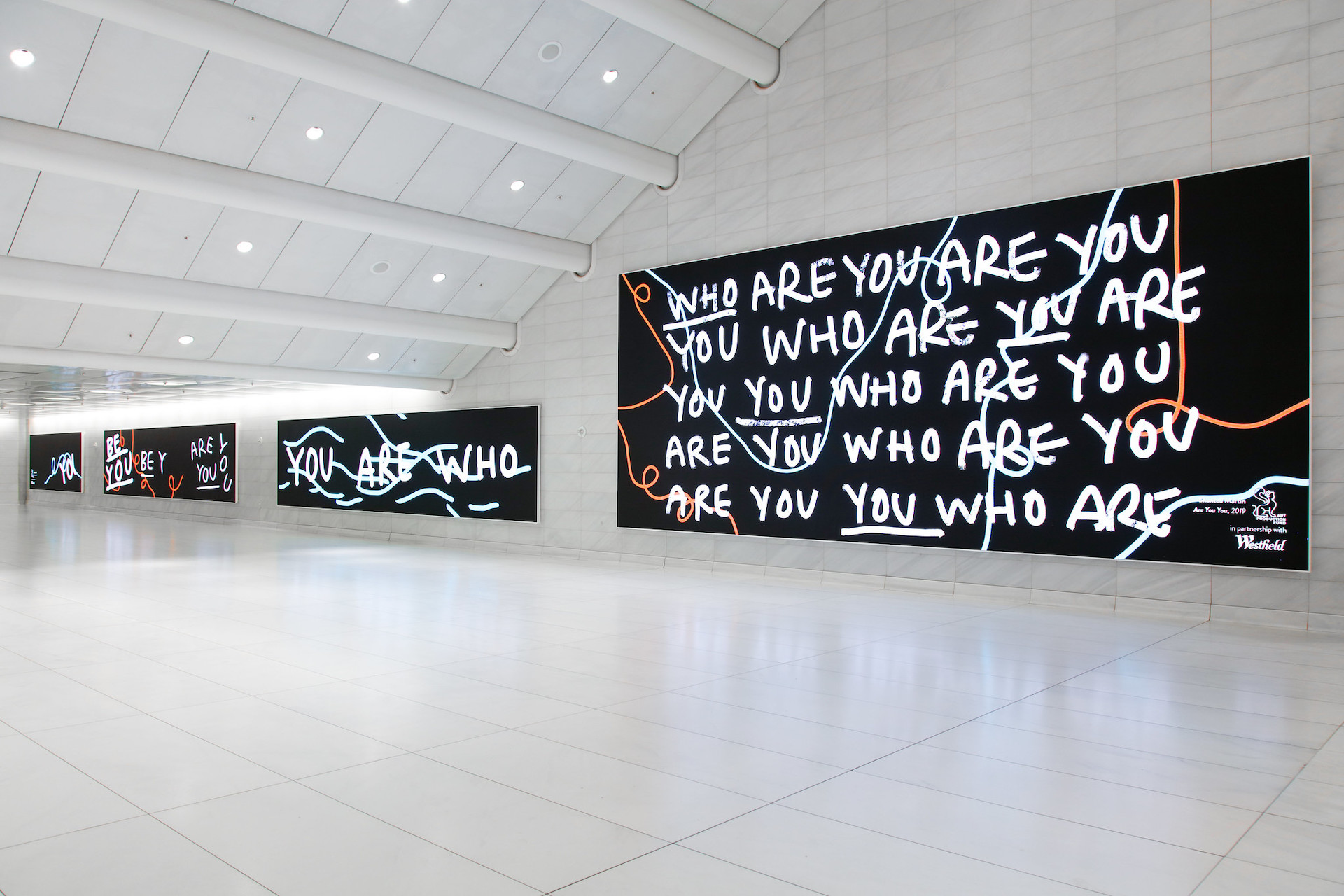
The process varies depending on what artwork I am creating.
For example, if it’s a large exterior mural, there might be more meditative walking or pacing that I’m doing beforehand to get a sense of balance in the space I’m creating.
If it’s on a smaller scale, I’m making sure that the space is tidy and clean. Perhaps there’s music or I’ve created a playlist.
If it happens to be a live show or performance, I don’t know if there’s a process; I don’t overthink it and just jump in.

Aesthetics and Process aside, which emotions do you want to trigger with your work and why?
I want to see the healthy, confident, creative, joyful, and motivated type of emotions.

If you could, what would you change in the artworld and market?
First, I consider the art world and the art market very different.
Essentially, I would ask for more accountability and transparency in both areas. They are both unregulated spaces, which doesn’t encourage people to do the right thing.
In the long run, this doesn’t benefit the artists living, breathing, and creating art.
The future is .. ?

